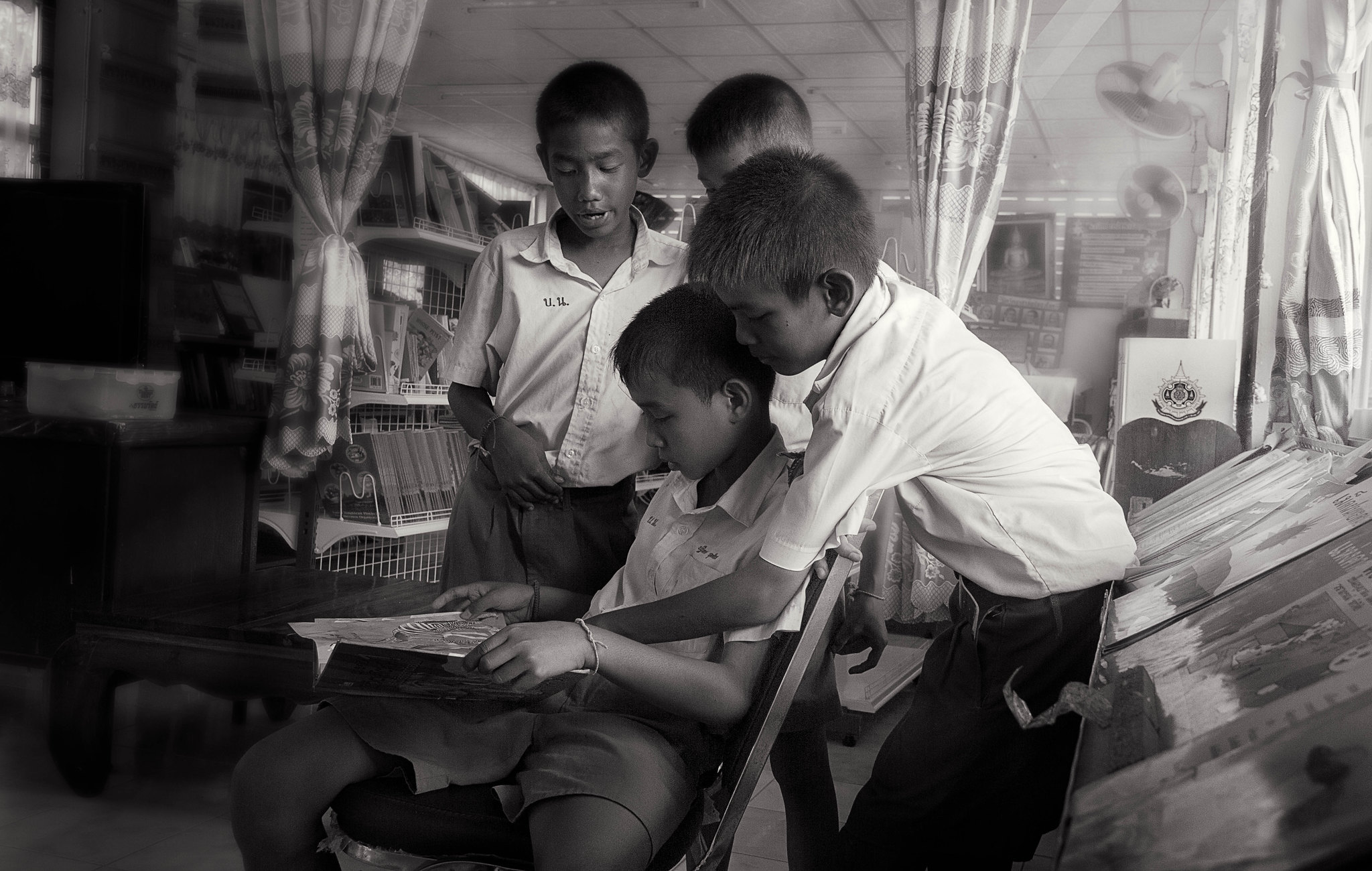Hood (2006) 訪談第一年和第二年參加CLIL學程的學生,結論第一年參加學程的學生抗拒者有之、期待者有之、懷疑者也有之,第二年參加學程的學生則多是正面的評價。Marsh et al. (2008) 的研究中則顯示,CLIL下學習的學生存在工具性動機(instrumental motivation),這讓學習者更願意去國外進行交換且認為拓展了視野。Campo,Grisaleña and Alonso (2007) 發現,在CLIL學程下的學生,女性比男性有更高的動機。Lasagabaster and Sierra (2009) 也發現,有CLIL經驗的女性比起男性,也對其它語言更感興趣。
Dalton-Puffer,Hüttner,Schindelegger and Smit (2009) 評估在職業學校下CLIL的動機證據,問卷結果發現在曾經參加過CLIL的學生中表示:在外語的環境下工作,可能在內容的深度上會被犧牲。但是,學生都認為自己的語言能力比起非CLIL學習的學習者好。值得一提的是,當CLIL下的學科老師的語言能力沒那麼完全的時候,學習者會投入更多努力以確保最終可以完成工作。
然而,yassin2009在馬來西亞的脈絡下也發現,英語能力比較差的學生在看CLIL的時候,就有較負面的觀點。
另外,Woodfield and Neofitou (2006) 也從教室的氣氛(classroom climate)和選課人數來評估CLIL學程對學習者情感的影響。
除了學習者的以外,教師也會受到CLIL的影響。在CLIL下,一個老師不是語言專業的老師(語言老師),就是內容專業的老師(學科老師),很少老師能夠同時擁有語言和內容專業。因此,在CLIL的場閾下,老師會帶著焦慮去提升教學實踐(不論主動或被動)(Moate, 2011) 。例如上課時,教師應該提出什麼樣的問題就會很有挑戰。
References
Airey,
J. (2009). Estimating undergraduate bilingual scientific literacy in
Sweden. International CLIL Research Journal, 1(2), 26-35.
Campo,
A., Grisaleña, J. & Alonso, E. (2007). Trilingual Students in
Secondary School: A New Reality. Bilbao: Basque Institute of
Educational Evaluation and Research, , .
Coyle,
D., Hood, P. & Marsh, D. (2010c). Evaluating and creating
materials and tasks for CLIL classroom. In (), Content and
Language Integrated Learning. Cambridge University Press.
Coyle,
D., Hood, P. & Marsh, D. (2010a). Evaluating the impact of CLIL
programmes. In (), Content and Language Integrated Learning.
Cambridge University Press.
Coyle,
D., Hood, P. & Marsh, D. (2010b). The CLIL Tool Kit: Transforming
theory into practice. In (), Content and Language Integrated
Learning. Cambridge University Press.
Dalton-Puffer,
C., Hüttner, J., Schindelegger, U. & Smit, U. (2009).
Technology-Geeks Speak Out: What Students Think About Vocational
CLIL. International CLIL Research Journal, 1(2), 18-25.
Dalton-Puffer,
C. & Nikula, T. (2006). Pragmatics of content-based instruction:
Teacher and student directives in Finnish and Austrian classrooms.
Applied Linguistics, 27(2), 241-267.
De
Graaff, R., Jan Koopman, G., Anikina, Y. & Westhoff, G. (2007).
An observation tool for effective L2 pedagogy in content and language
integrated learning (CLIL). International Journal of Bilingual
Education and Bilingualism, 10(5), 603-624.
Hood,
P. (2006). Unpublished data from CLIL research interviews with
students at Tile Hill Wood Language College. , , .
Lasagabaster,
D. (2008). Foreign language competence in content and language
integrated courses. The Open Applied Linguistics Journal, 1(1),
.
Lasagabaster,
D. & Sierra, J. M. (2009). Language attitudes in CLIL and
traditional EFL classes. International CLIL Research Journal,
1(2), 4-17.
Marsh,
D. et al. (2008). Profile Report: Bilingual Education (English) in
Poland. Warszawa: The National Centre for Teacher Training and
Development (CODN) & British Council Poland, , .
Moate,
J. M. (2011). The impact of foreign language mediated teaching on
teachers’ sense of professional integrity in the CLIL classroom.
European Journal of Teacher Education, 34(3), 333-346.
Ruiz
de Zarobe, Y. (2008). CLIL and foreign language learning: A
longitudinal study in the Basque Country. International CLIL
Research Journal, 1(1), 60-73.
Westhoff,
G. (2004). The art of playing a pinball machine. Characteristics of
effective SLA-tasks. Babylonia, 12(3), 58-62.
Woodfield,
J. & Neofitou, A. (2006). Immersion Project Research Findings. ,
, .



沒有留言:
張貼留言
留個言吧…